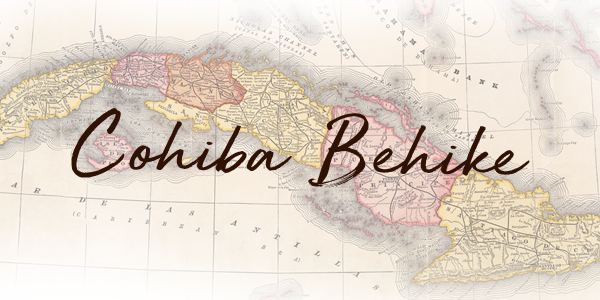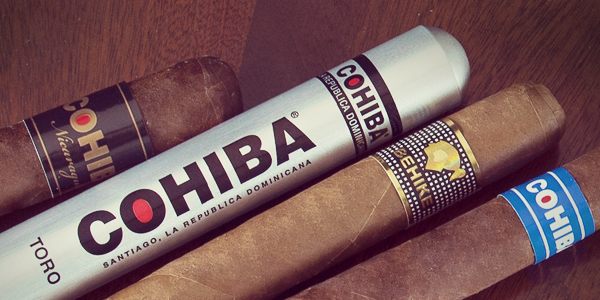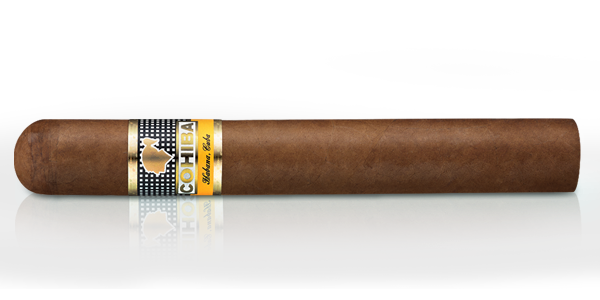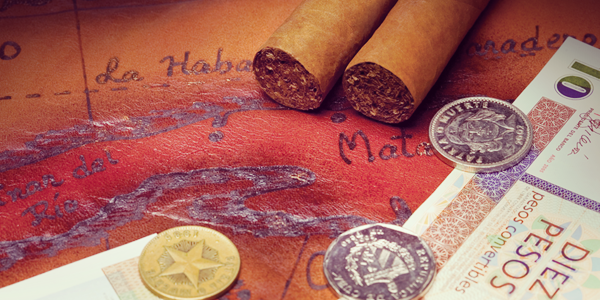Famous Cuban Cigars: Cohiba Behike
The story of Cohiba cigars is quite remarkable. Cohiba is clearly the most popular and highly regarded Cuban cigar brand, but it’s only been around since 1966. That’s when Fidel Castro’s bodyguard shared one of the cigars made for him. Castro liked it so much that he made it the Communist party’s official cigar, and it was available only to high-level government types and diplomats. In 1982, Cohiba hit the market for anyone to buy. The first vitola (shape) was a Panetela, 4.5 inches long with a slender 26 ring gauge. Today it is part of Cohiba’s Classic Line, or Linea Clasica.
Birth of the Behike
The Cohiba Behike cigar is named after a chieftain, some say doctor, of the Taino indigenous tribe of Cuba. It was an honorific occasioned by the celebration of the 40th anniversary of the Cohiba brand in 2006. And it came about out of the desire to do something new. Habanos, S.A., the entity that controls the Cuban cigar industry, made just 1,000 humidors, each containing 40 Behike cigars. They sold out immediately. Today, those humidors sell for tens of thousands of dollars each.
Vintage Tobacco
Around 2003, to create the Behike, and in preparation for the celebration, the warehouses of Pinar del Rio, Cuba’s principal tobacco-growing region, were scoured for aged tobacco, and some bales that were more than three years old were found. The good tobacco was stored for another two years.
Pre-Revolutionary Leaf
What makes the Behike distinct from other Cohiba cigars, is the use of the medio tiempo (half time) tobacco leaf. Cuba, after the Castro revolution, had been using three main tobacco leaves in its cigars. The volado was used for combustion; the seco for aroma; and the ligero for strength. In researching the possibility of a new cigar, the medio tiempo leaf was rediscovered. It was a smaller leaf that appears only in about 10 to 15 percent of tobacco plants, in the top priming (level) of the plant. And it had been used in Cuban cigars prior to the revolution and, curiously, for domestic production cigars. Medio tiempo leaves began to be set aside and became the defining characteristic of the Cohiba Behike’s character.
Launch
Four years after the Behike debuted, it was launched as a Cohiba line. Today, the Behike is among the most difficult Cuban cigars to find. There are three vitolas. The largest is the Behike 56, a Toro at 6.5 x 56. In Cuba, each stick will run you more than $30. In London, it’s going to be more than $55. The mama-bear of the line is the Behike 54, also a Toro at, 5.75 x 54. I consider this to be slightly better, in general, than the 56, but still no bargain at about $30 in Cuba and also more than $55 in London. The baby of the bunch is a Robusto, the Behike 52, 52 x 4.75, and because it is widely considered the best of the line, it sells for more than the others. The last time I saw it in London, in 2019, it was selling for more than £50, or around $70. I’ve seen it online for more than $90 a cigar.
Flavor
The Behike, as mentioned, is distinguished by the inclusion of the medio tiempo tobacco leaf. Still, the blend with other tobaccos results in a perceptibly Cuban level of medium power, but with a lot of complexity. The Behike 52, for example, is lush. There are great floral notes before progressing to flavors of tea, honey, almonds, vanilla, and graham crackers. At the end, you finish with woodiness and sweetness.
By comparison, the classic Cohiba Robusto, 50 x 4.875, is a little bit stronger, with strong notes of oak, vanilla and nuts. This cigar has traditionally been among the most popular and consistent of all the Cohibas.






